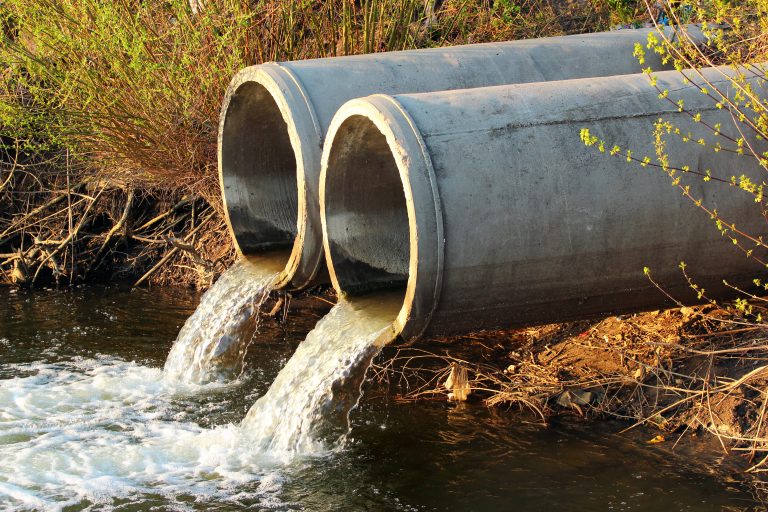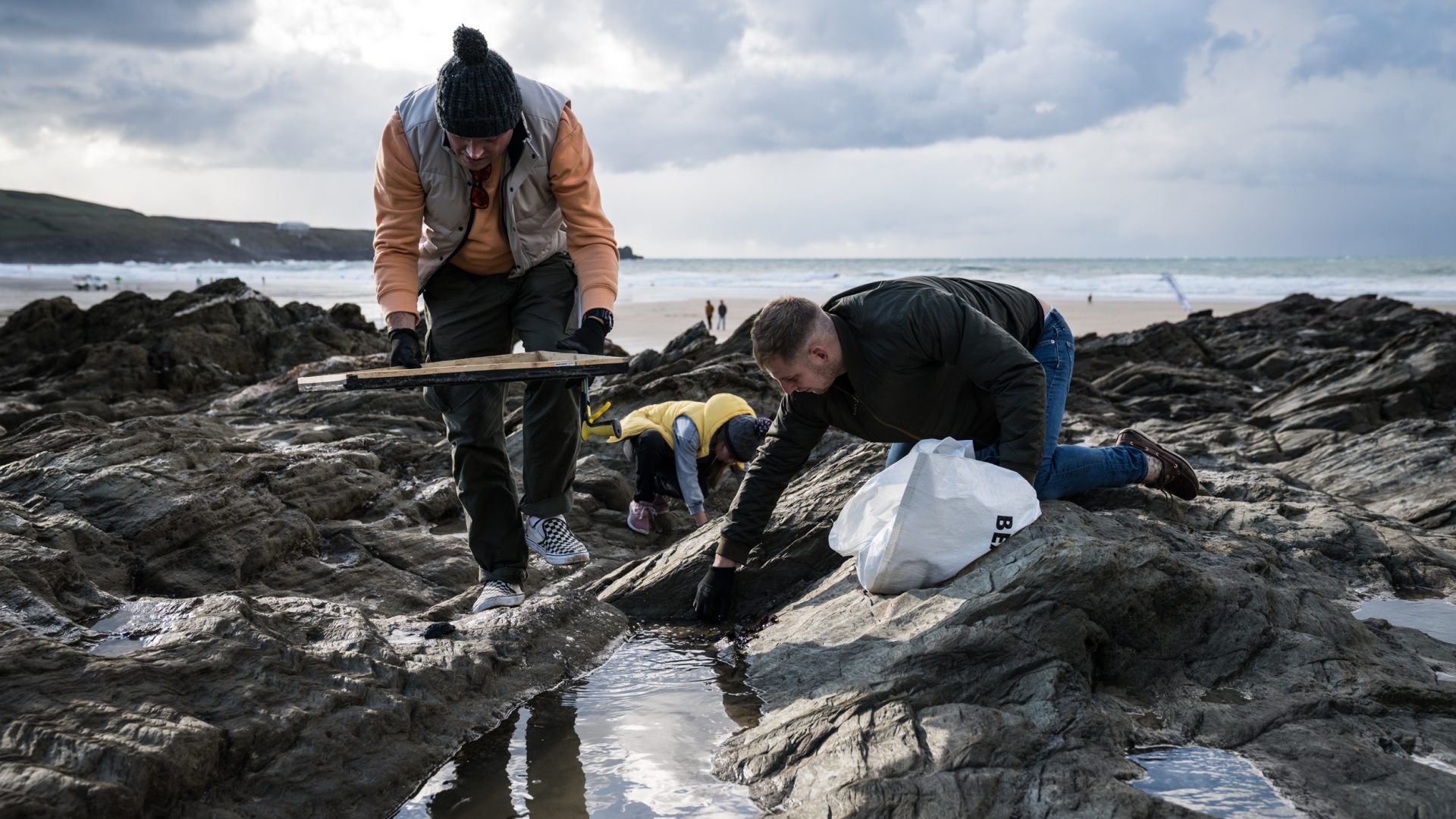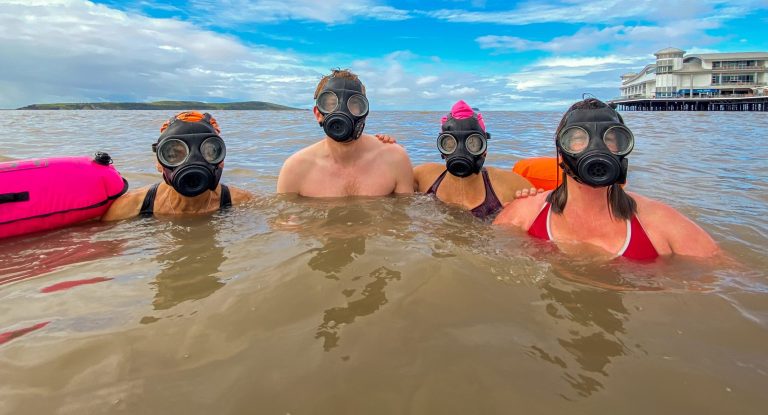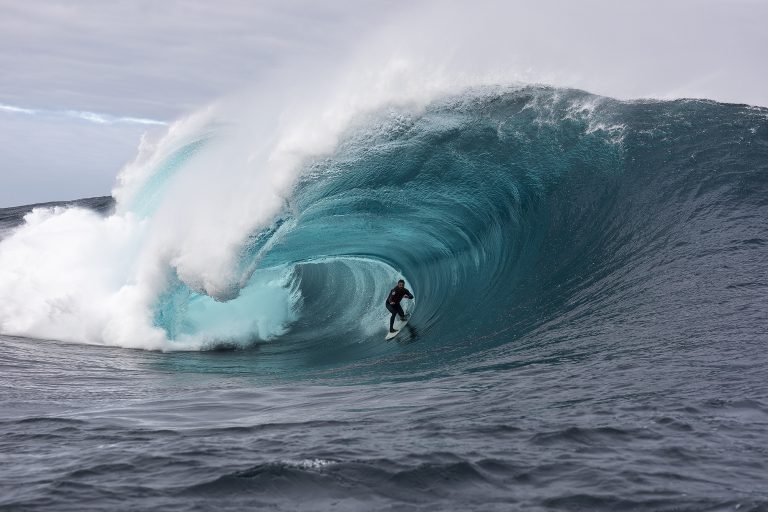
We can’t monitor what we can’t measure. But is the testing regime telling us the truth about UK water quality?
How is water quality tested?
All designated bathing waters across the UK are tested for bacteria that are a risk to our health. E.coli and intestinal enterococci are the big guns: both indicate the presence of sewage in waterways.
Water quality is tested throughout the bathing season, which is when most of us are considered to be swimming regularly (more on that later). It runs from 15th May – 30th September in England and Wales, and 1st June – 15th September in Scotland and Northern Ireland.
Samples are taken once a week by the environmental regulators. That’s the Environment Agency (EA) in England, Natural Resources Wales (NRW), the Scottish Environmental Protection Agency (SEPA), and the Northern Ireland Environment Agency (NIEA). They are then sent to a specialist lab and tested within 24 hours.
The results of these tests are what are used to classify bathing waters as either ‘excellent’, ‘good’, ‘satisfactory’, or ‘poor’. Polluters and governments have a legal obligation to improve Water Quality at all bathing waters. If a bathing water is classified as ‘poor’ for five years in a row, it is de-designated.
So, what’s the state of water quality in the UK?
Great question. There is some good news. In the 1990s, just 27% of bathing waters would have met minimum standards – i.e. classified as ‘sufficient’. Today, 98% of bathing waters meet those minimum standards – a huge improvement.
Now for the bad news. The UK ranks bottom of 30 countries in Europe for the state of our Water Quality. That’s because just 70% of bathing waters are classified as ‘excellent’ meaning 30% of bathing waters need some form of improvement.
And that’s just bathing waters, almost all of which are on our coastlines. Only 14% of rivers meet good ecological status, which makes a mockery of the Government’s target of 75% by 2027. With only two bathing waters found on rivers, there is almost no Water Quality testing carried out on the thousands of miles of rivers, canals and streams winding their way through the countryside. In 2021, our merry band of Water Quality citizen scientists found that of the rivers they tested, a shocking 3 out of 4 would be classified as ‘poor’, posing a continuous serious risk to human health. That’s not good enough.
What needs to change?
The testing regime itself needs a complete overhaul. And we have a lot of questions.
Why is testing only done during the bathing season? We are now using the waterways all year round thanks to the increase in the number of watersports we can enjoy, not to mention advancements in technology such as winter wetsuits that enable us to swim and play in the water well into the cold months. We need to know the quality of the water throughout the year.
And why is testing done only once a week, in one location? We don’t just enter the water at one point on a beach or river and stay there. And we use our waterways every day of the week.
What we need is real-time water quality monitoring that gives us a true picture of what we are swimming, surfing, snorkelling and splashing in.
We also need to remove the loopholes in the testing regime. Regulators are currently permitted to discount 1 in 7 samples taken when there is an ‘short term pollution event’ that is deemed untypical. That includes sewage pollution. It’s estimated that in 2019, this manipulation resulted in 65 bathing waters in England being given a classification higher than they should have been.
How can I get involved in testing my local water quality?
Our friends at The Rivers Trust have formed the Catchment Monitoring Cooperative. This provides a network of support for anyone who wants to get involved in monitoring their local river for water quality. There is a standardised methodology that means all testing is robust and accurate. There are lots of resources to make use of, and guidance on how to set up monitoring. You’ll be an expert in no time.
You can also get involved in applying for bathing water status for your favourite river or lake – which would result in a legal obligation on polluters and regulators to clean up the waterway you enjoy.



